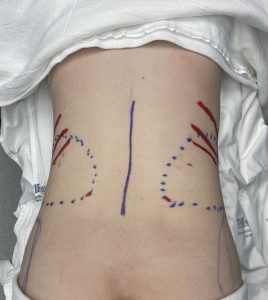Liposuction is the first step (procedure) in rib removal surgery and is done to treat the superficial fat layer before going deeper into the ribs. While there are few variations as to how the initial liposuction is done the rib removal part can be done using various approaches. Having done hundreds of rib removal surgeries I have developed a tiered strategy to rib removal based on incision location and what can be accessed and treated through it.
While there are four types of rib removal surgeries the vast majority of patients fall into types I and II. The traditional approach (aka Type I) uses a small oblique lateral back incision (4 to 5cms) through which the outer aspects of ribs #11 and #12 are removed as well as a small wedge of latissimus dorsi muscle. Access to rib #10 was always sketchy, sometimes it could be safely accessed and a section taken and other times it could not.
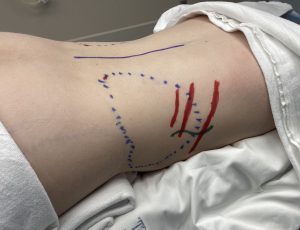
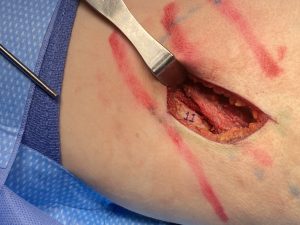
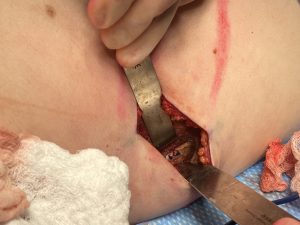
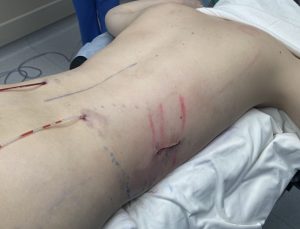
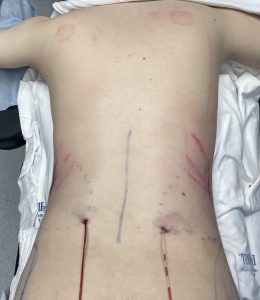
Dr. Barry Eppley
World-Renowned Plastic Surgeon




